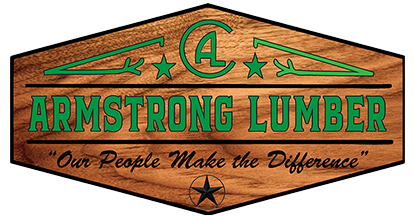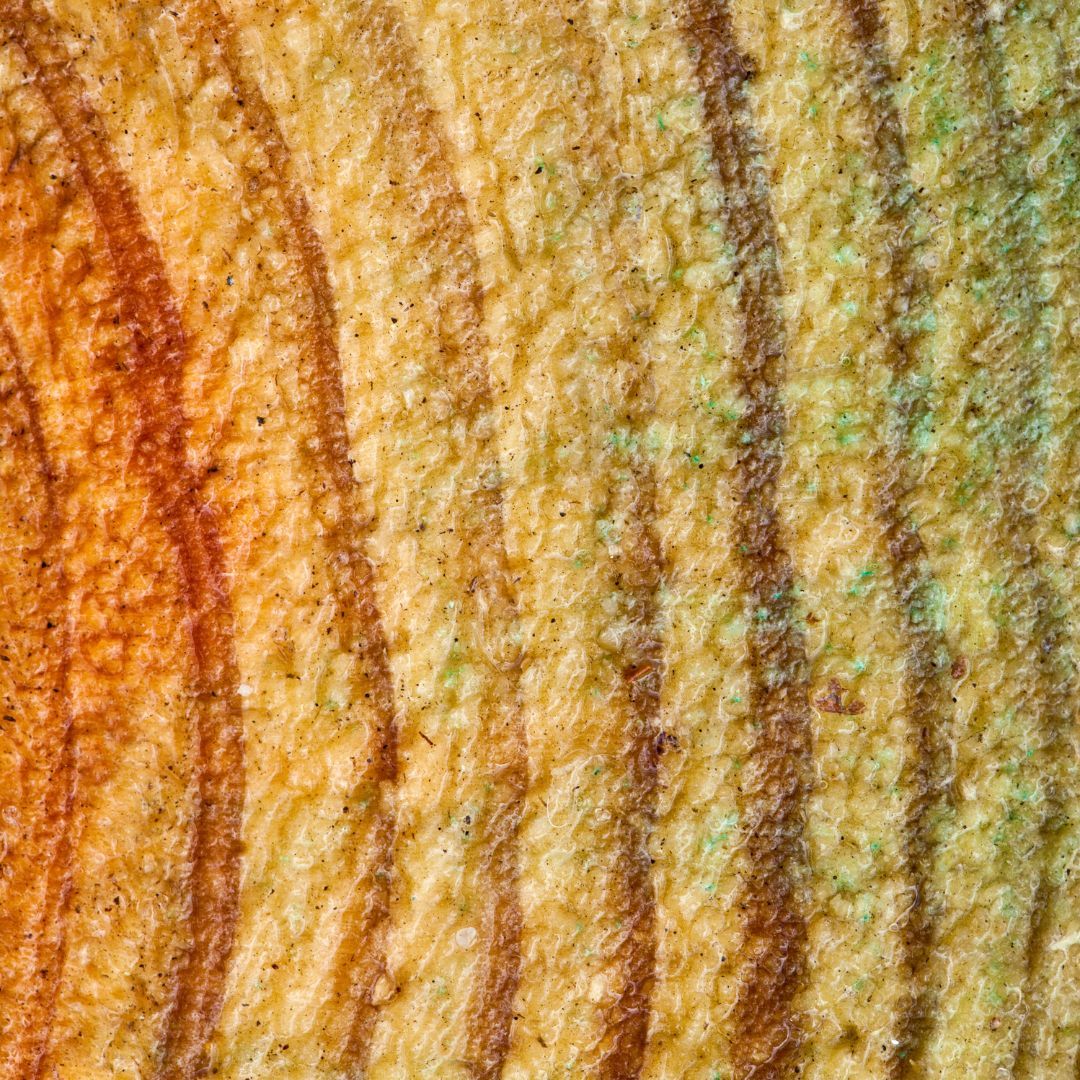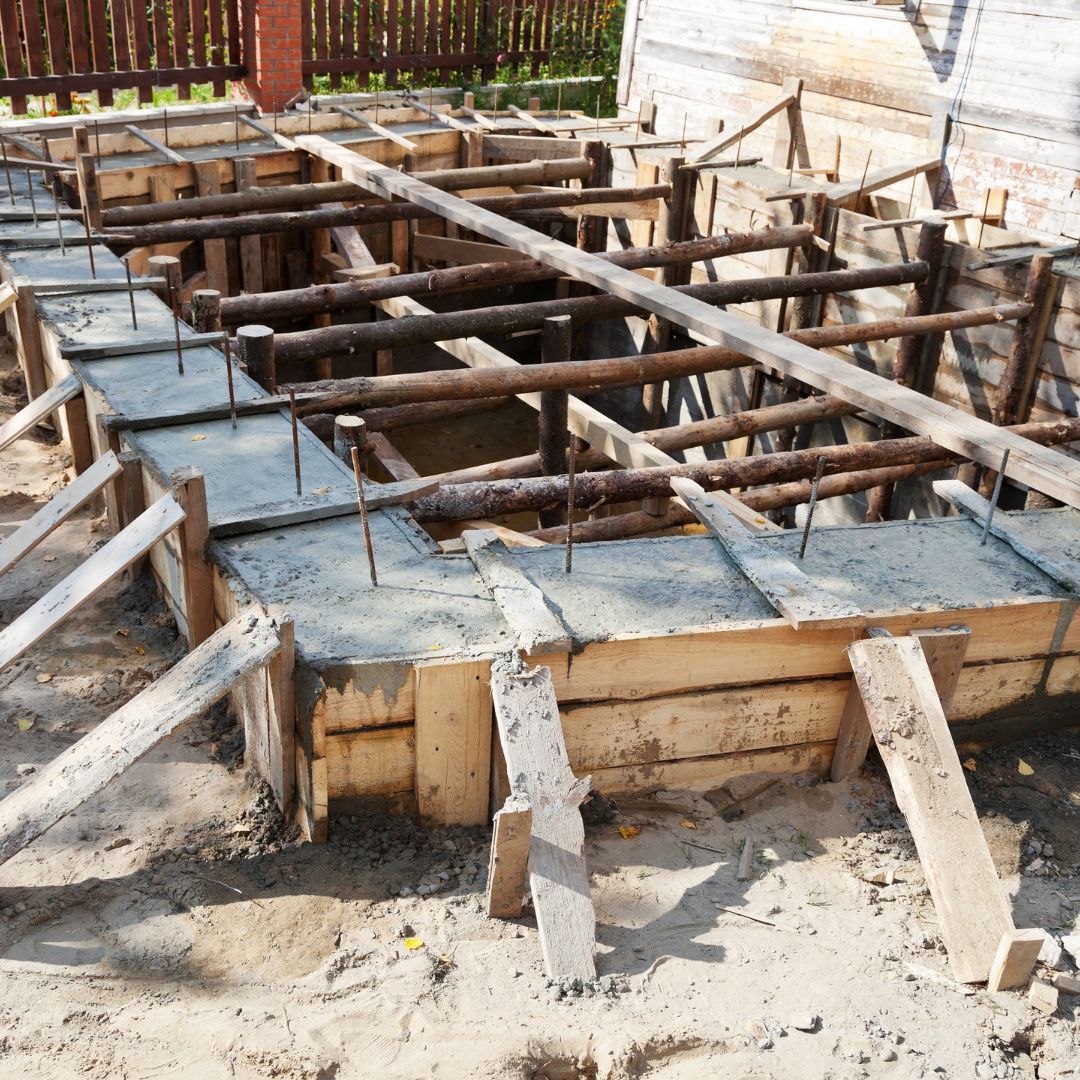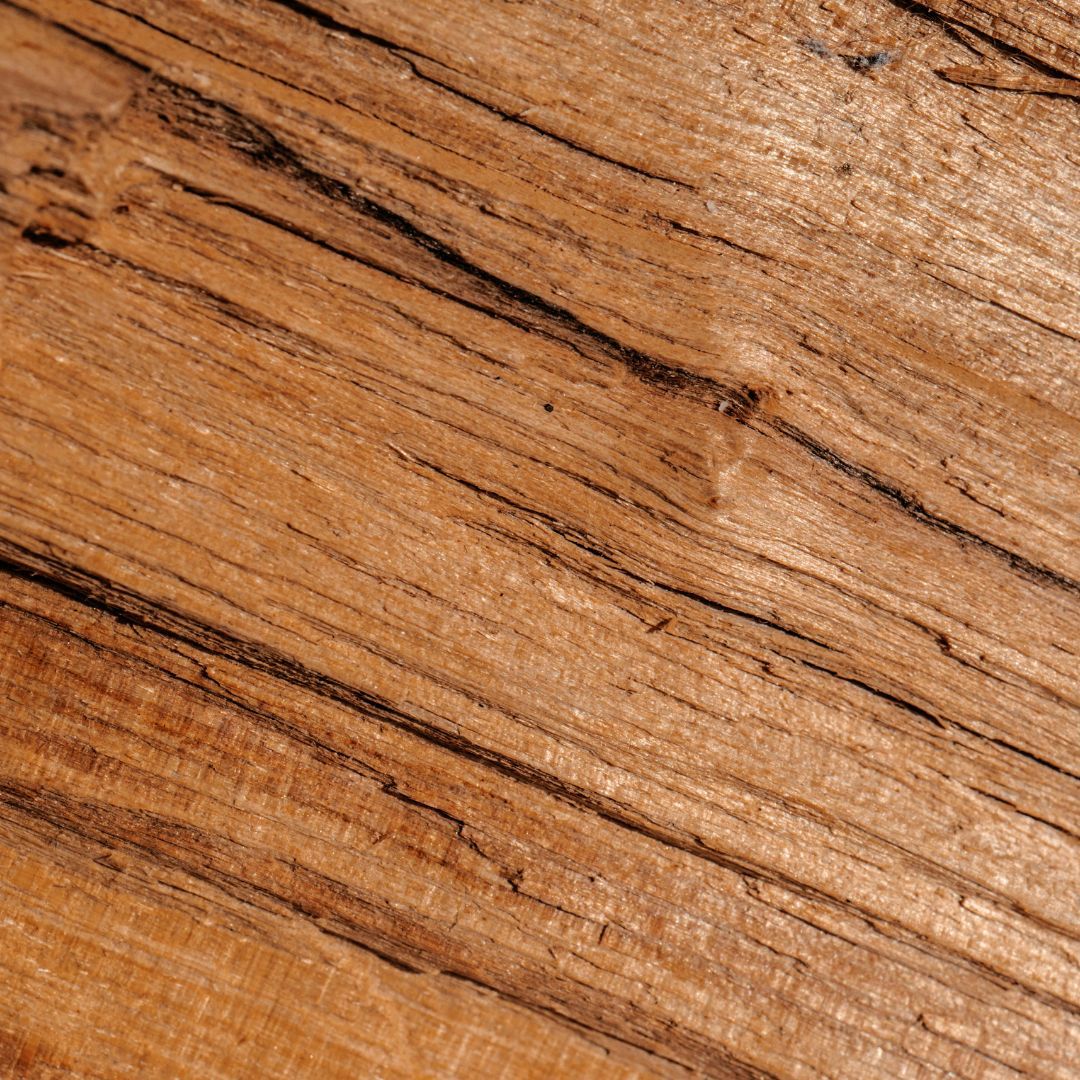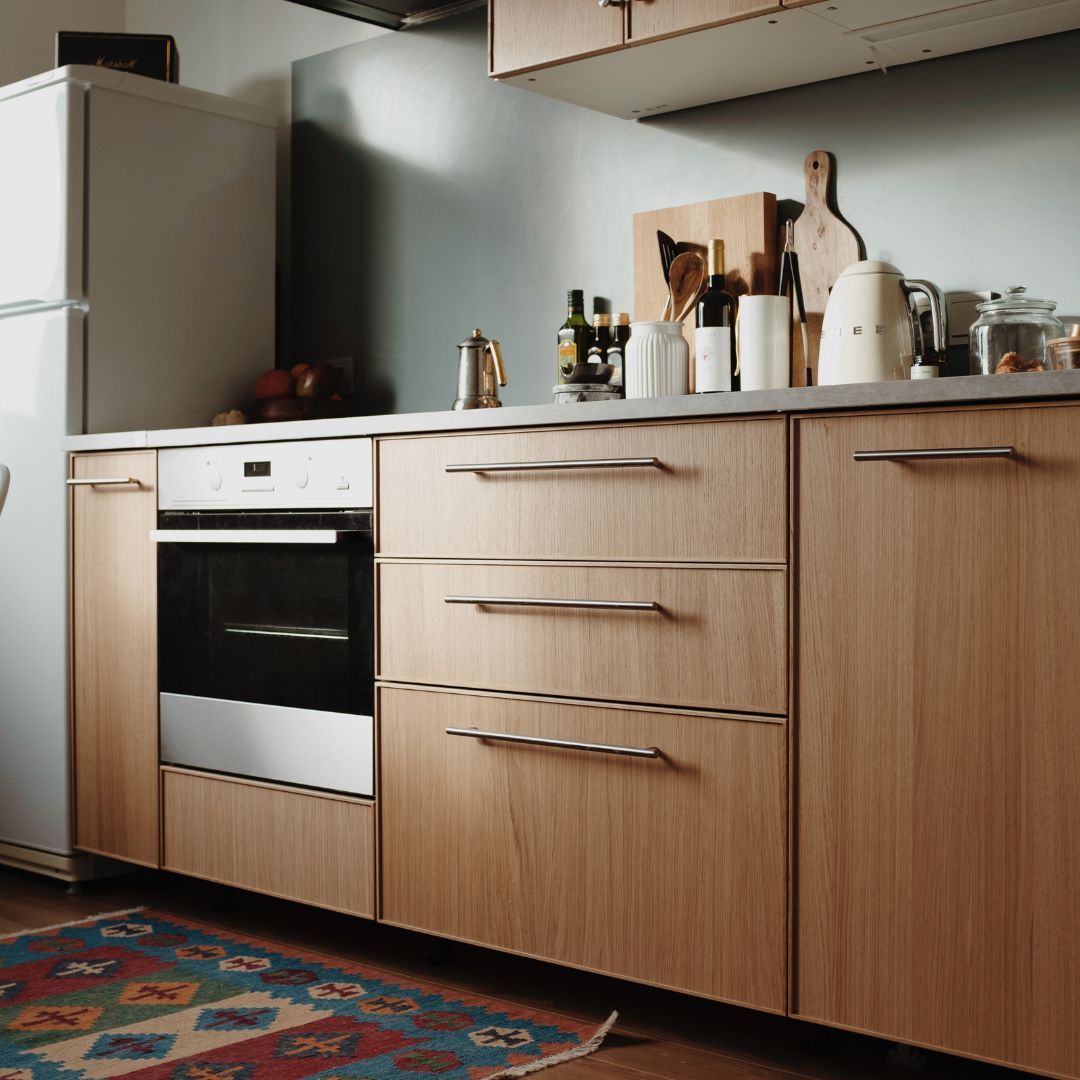When it comes to choosing the right type of lumber for your construction or DIY projects, understanding the differences between treated and untreated lumber is crucial. Both options have distinct qualities and are designed for specific applications. Armstrong Lumber can help you find the right building materials for your next commercial or residential remodeling project by explaining the differences between these types of lumber.
Learn more about the difference between untreated and treated building materials and get a quote from our Corpus Christi, TX, lumber store now!
